Temple of the Sun Park Beijing – Ticket, Opening Hours, Highlights, and Tips
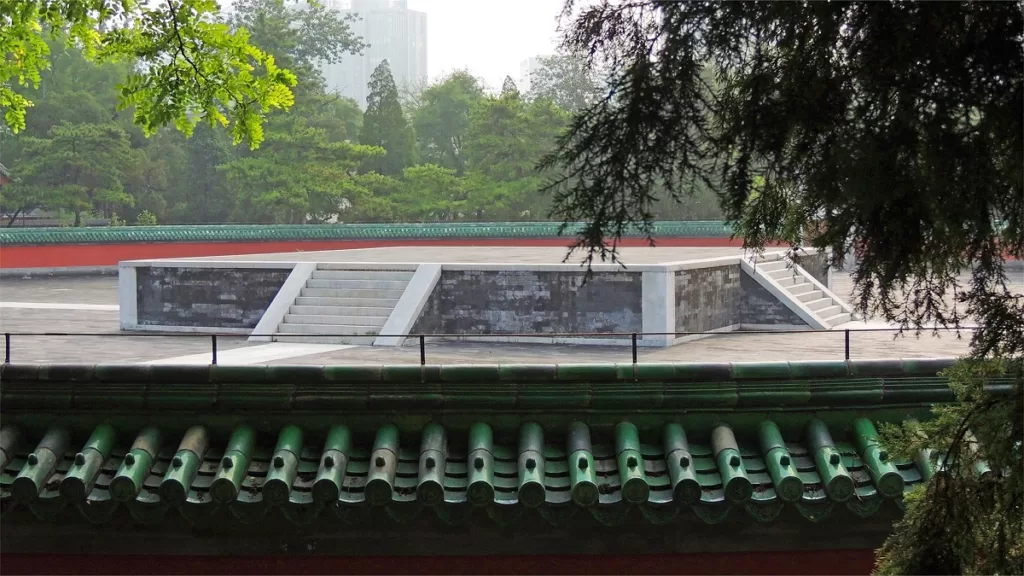

The Temple of the Sun (日坛), one of Beijing‘s renowned historical landmarks and one of the Five Imperial Altars, was originally constructed in 1530 during the Ming Dynasty. It served as the site for imperial worship of the Sun God during the Ming and Qing dynasties. In 1955, it was transformed into the Temple of the Sun Park.
Encompassing an area of 20.62 hectares, with 13.26 hectares dedicated to green spaces and a 4,700-square-meter water surface, the Temple of the Sun Park exudes tranquility within the bustling city. Also known as the Chaoyang Temple, it faces west and features a square platform made of white stones. In the Ming Dynasty, the altar surface was adorned with red glazed tiles symbolizing the sun, later replaced by hard bricks during the Qing Dynasty. The perimeter is enclosed by low walls, with three Lingxing Gates to the west and one each to the remaining three sides. Construction was completed in March 1531, and the halls within the temple were finished in February 1626.
The Temple of the Sun officially became the designated imperial site for worshipping the sun in 1567 during the Ming Longqing Emperor’s reign. Prior to this, sun worship ceremonies occurred outside the Circular Mound Altar at the Temple of Heaven. Subsequently, Emperors Ming Chongzhen, Qing Qianlong, Jiaqing, and Daoguang personally conducted sun worship rituals at the Temple of the Sun. The last recorded imperial ceremony was led by Emperor Xuanzong in 1843. However, over time, the rituals waned, the temple guardians diminished, and neglect took hold.
After the establishment of the People’s Republic of China, the Beijing Municipal Government decided to repurpose the Temple of the Sun, converting it into a public park. Planning and design for the transformation began in 1955, preserving the historical and cultural significance of the site while making it accessible to the public as a serene and cultural park within the city.
Оглавление
- Основная информация
- Расположение и транспорт
- Highlights of Temple of the Sun Park
- Полезные советы, обобщенные из обзоров
- Other Sacrificial Sites
- Другие парки в Пекине
Основная информация
| Предполагаемая продолжительность тура | Около 1 часа |
| Цена билета | Бесплатно |
| Часы работы | 6.00 – 21.00 (Spring, Autumn, and Winter) 6.00 – 22.00 (Summer) |
| Номер телефона | 0086-010-85616301 |
Расположение и транспорт
The Temple of the Sun Park, also known as Ritan Park, is situated in the Chaoyang District of Beijing, China. The exact address is No. 6 Ritan Beilu, Chaoyang District, Beijing, 100020, China. Located in the heart of the city, it is easily accessible and well-connected.
Автобус: Take bus 140 or 639 and get off at Ritan Park Stop (日坛公园站).
Метро: The nearest metro station to Ritan Park is Jianguo Gate (建国门站) on line 1 and line 2. After getting out of the station from exit B, you need to walk about 800 meters to the northeast to reach the park.
Highlights of Temple of the Sun Park
Temple of the Sun
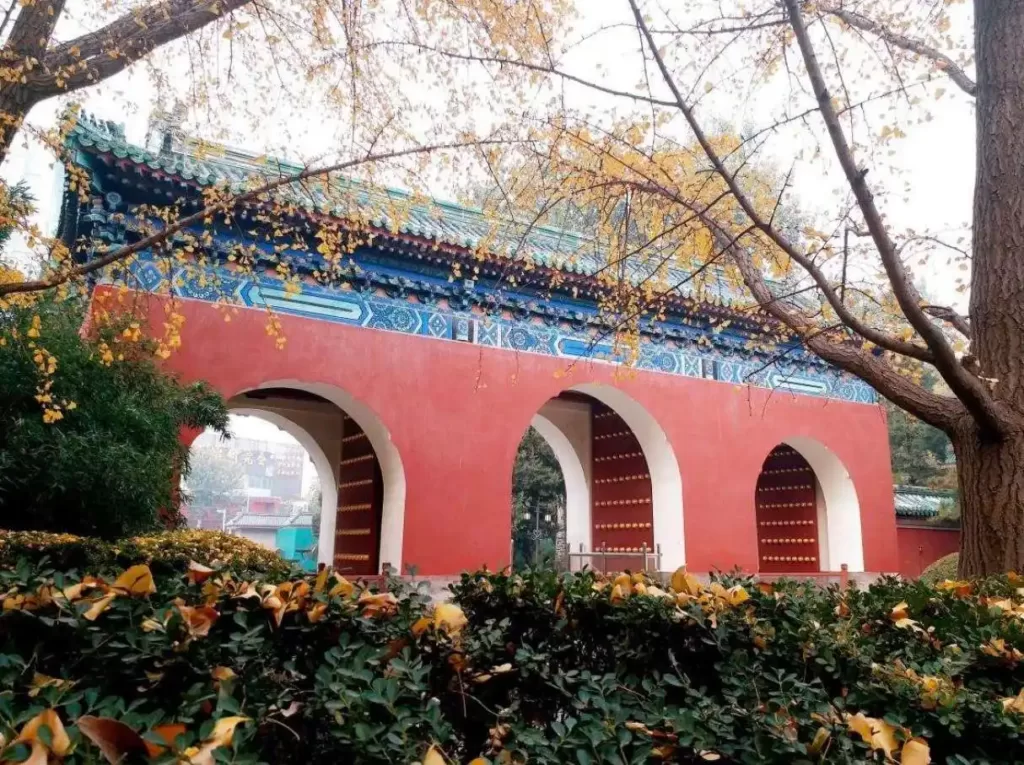
The Temple of the Sun, nestled within Beijing’s serene Ritan Park, is a magnificent testament to ancient Chinese culture and spirituality. Standing with timeless grace, this architectural marvel is a captivating fusion of traditional and imperial styles. Its exquisite golden-roofed pavilion, adorned with intricate carvings and vibrant colors, serves as a celestial beacon. Within its hallowed walls, visitors are embraced by a palpable sense of tranquility and reverence. Here, one can immerse themselves in the rich tapestry of Chinese religious practices, offering prayers and seeking solace amidst the temple’s serene atmosphere.
Прекрасные сады
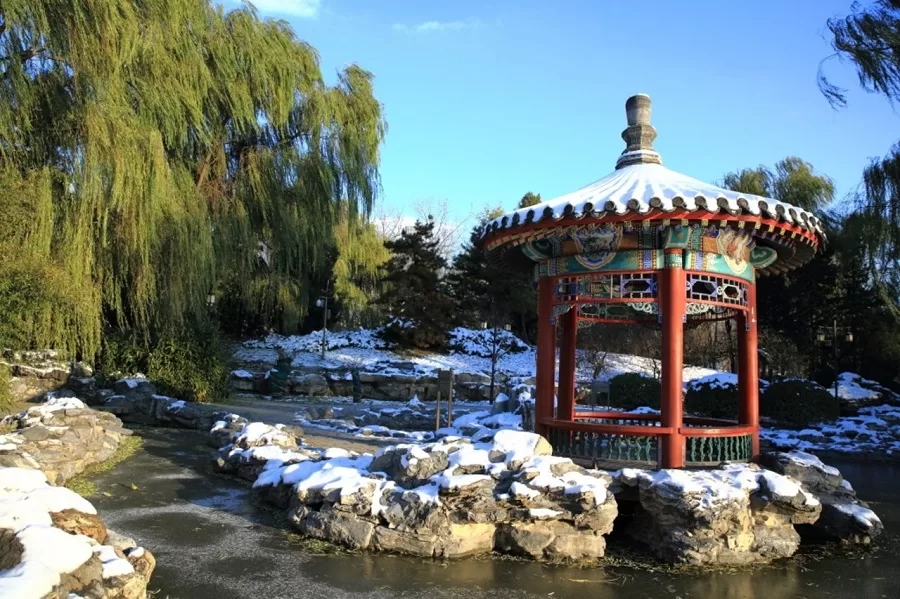
The Temple of the Sun Park boasts exquisite gardens that weave a tapestry of natural beauty and tranquility. Explore the meticulously landscaped pathways, where vibrant flowers bloom in a harmonious symphony of colors, and lush greenery envelops the senses. Stroll along the meandering streams and bridges, accompanied by the soothing sound of trickling water. Discover hidden alcoves adorned with ornate sculptures and ancient bonsai trees, creating an enchanting atmosphere. These stunning gardens provide a serene oasis within the bustling city, inviting visitors to immerse themselves in nature’s embrace and find solace in the harmonious balance of the Temple of the Sun Park.
Полезные советы, обобщенные из обзоров
Parking and Transportation: Parking spaces in Temple of the Sun Park are extremely limited. It’s advisable to use the subway for transportation. There’s no need for reservations or tickets to enter the park.
Central Features: The park features a central mural that spans 15 meters in length and 6 meters in height. The mural depicts the sun god “Golden Crow” surrounded by various scenes of worship, including flying deities, emperors, officials, and citizens paying homage to the sun god. Additionally, there are depictions of mythological tales such as “Hou Yi Shooting the Sun” and “Kua Fu Chasing the Sun.”
Scenic Photography: Alongside the lotus pond in the park, there are numerous rocks and stones that allow visitors to venture deep into the midst of the lotus flowers. This creates picturesque scenes where visitors seem to be surrounded by lotus blooms, providing excellent opportunities for photography. However, it’s essential to prioritize safety while exploring these areas.
Other Sacrificial Sites
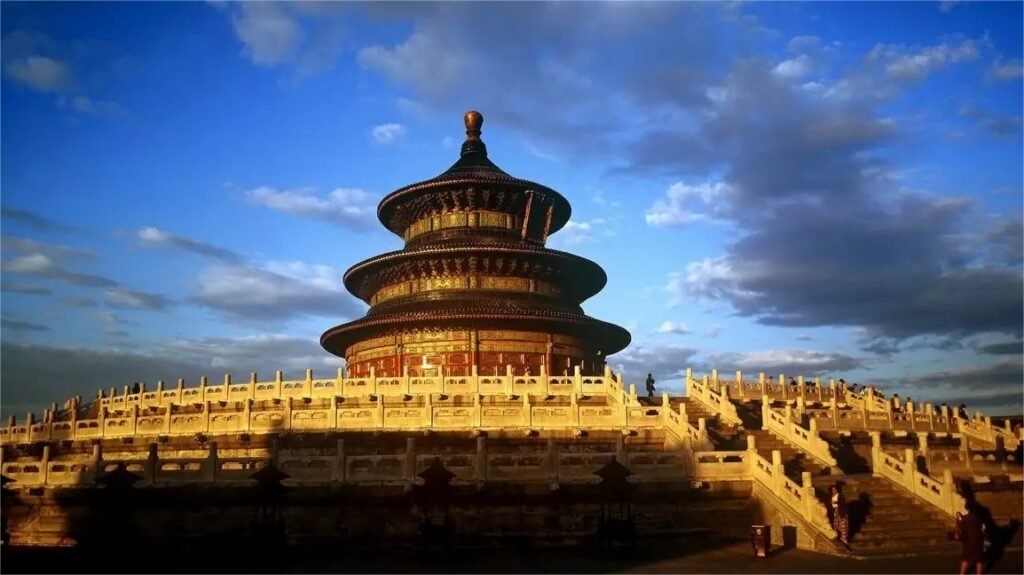
Храм Неба
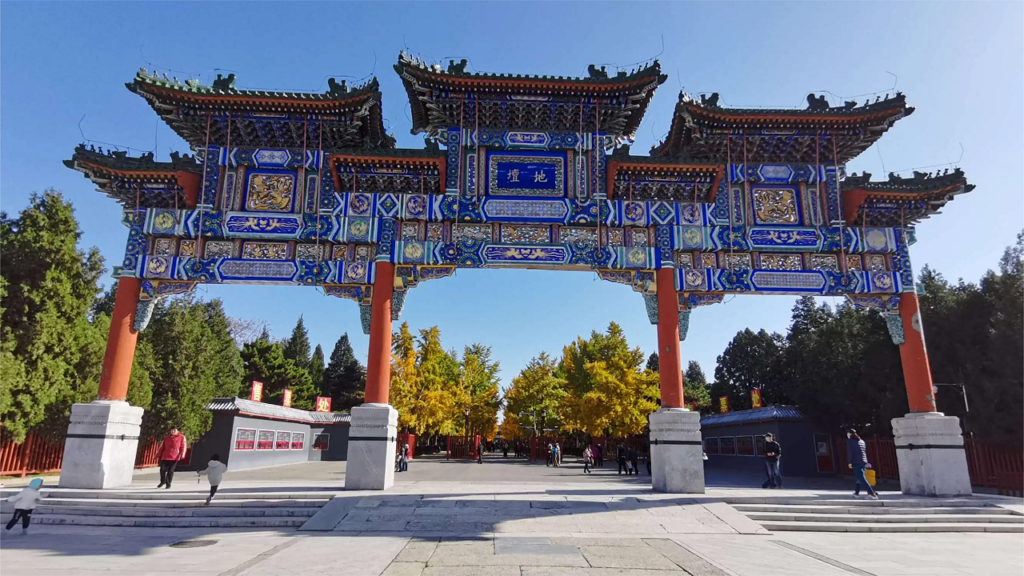
Храм Земли
Другие парки в Пекине

Парк Туаньцзеху - знаменит своим безмятежным озером

Парк Чжуншань - в память о Сунь Ят-сене

Парк Чаоян - просторный городской оазис

Парк Цзычжуюань - знаменит бамбуковыми рощами
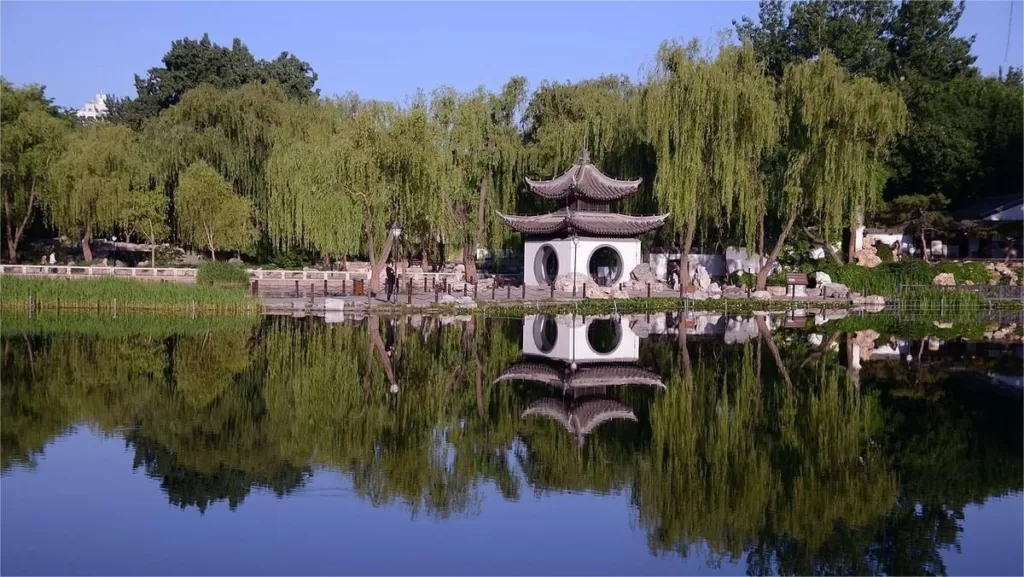
Парк Таорантинг - исторические павильоны и мосты
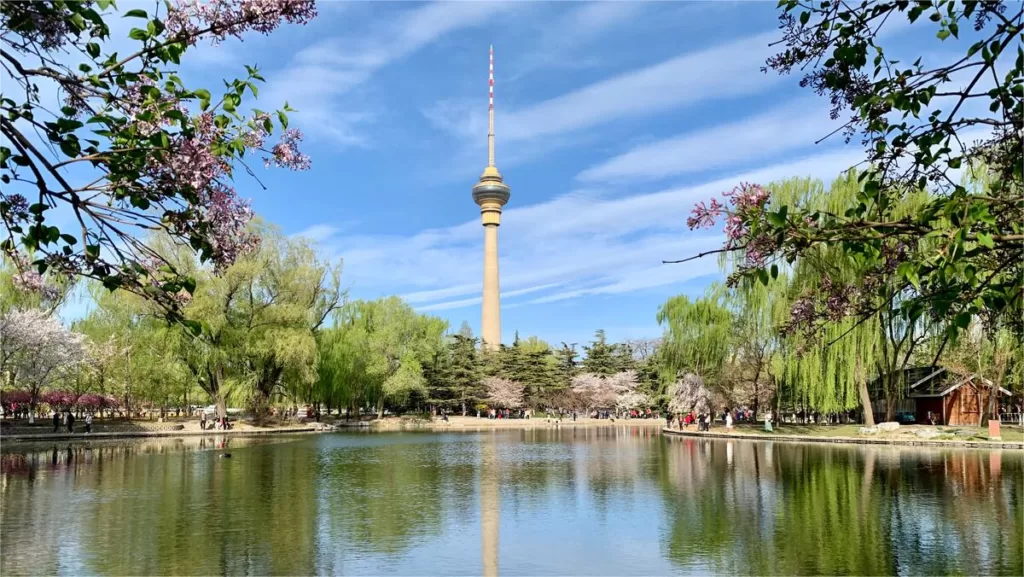
Парк Юйюаньтан - известен своими цветущими вишнями
Историческая достопримечательность Пекина